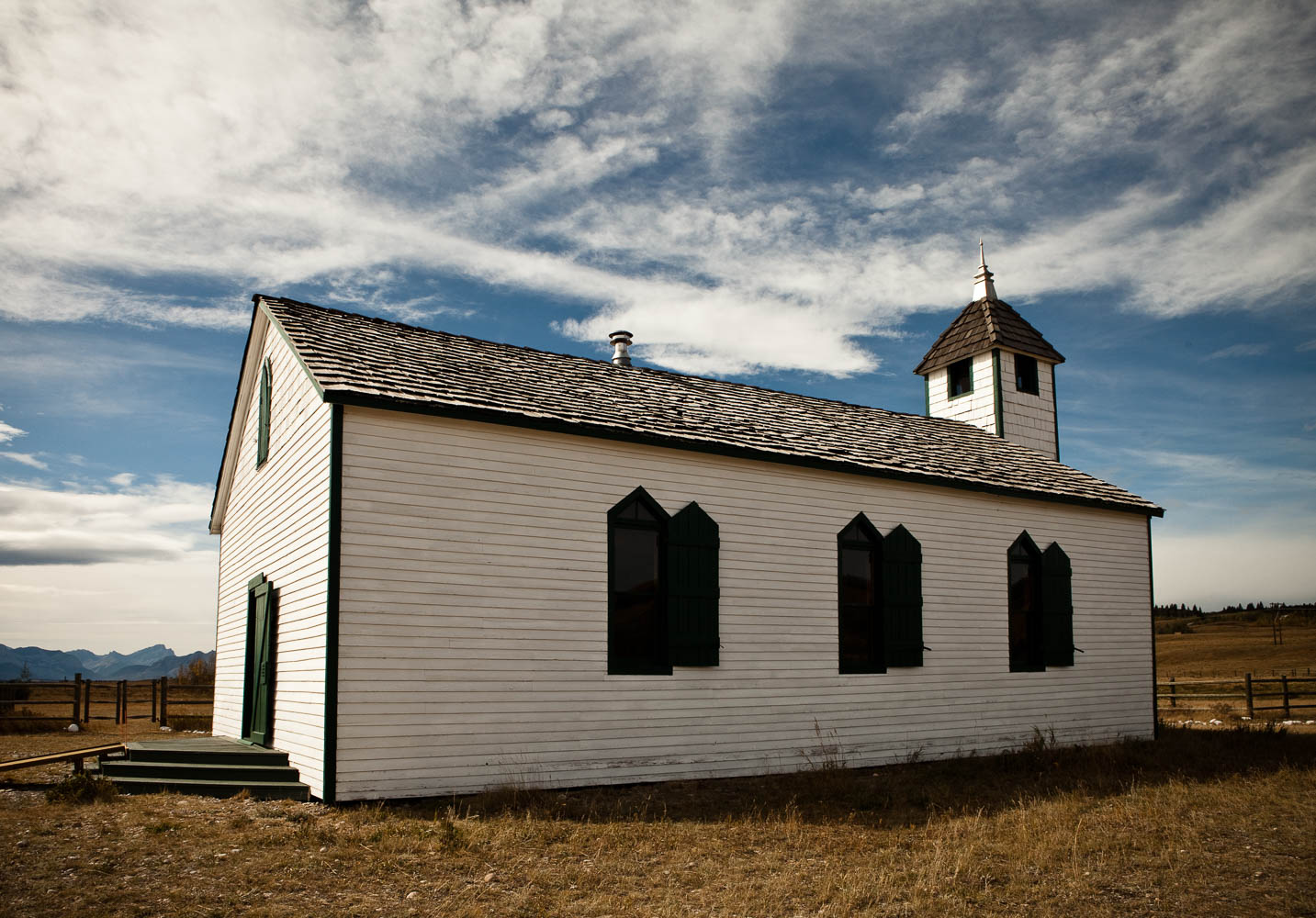
Launching the Archive!
Welcome to Alberta’s first digital heritage archive! The purpose of this archive is to ensure that Alberta’s rich and diverse cultural heritage sites are preserved for future generations. Over the months, additional projects will be added. Why digital preservation? Many heritage sites in the province are currently at risk. In some cases, the risks are due to erosion caused by flood events like the one in 2013. In other instances, development can threaten heritage resources with damage or destruction. More recently, wildfires have emerged as an area of potential risk for heritage. In the case of historic buildings and other forms of infrastructure, the challenges associated with monitoring and maintaining extant structures like aqueducts, bridges, and gas plants over decades can be formidable. There is also the question of effectively communicating why heritage resources are significant to the general public, which can be difficult when sites are remote, or impossible to access due to safety concerns. Digital heritage preservation offers some solutions to these problems. Reality capture technologies such as terrestrial laser scanning and drone-based photogrammetry offer a means of rapidly and accurately documenting heritage sites – especially those at risk.
To date, our research group has digitally preserved close to a dozen heritage sites across Canada. Ten of these sites are in Alberta. This archive was created to provide a place for these sites to exist digitally for generations to come. The laser scans captured for each project are stored in the University of Calgary’s Dataverse. In some cases, they are open access and freely available for download. When heritage sites are deemed sensitive, the digital data is password protected and available only with permission from the stakeholder(s).
Each project also has a public face, with interactive 3D models, photographs, and background histories that reveal why they have been deemed significant. While it is not intended to be an objective or absolute measure of risk, the threat level meter that accompanies each project is intended to promote an awareness that should never take heritage for granted. As the McDougall Memorial United Church vividly illustrates, something that has seemingly always been there may be gone as quickly as tomorrow.
We hope you will visit our archive often to see the work that is being done by our research group.
Welcome to Alberta’s first digital heritage archive! The purpose of this archive is to ensure that Alberta’s rich and diverse cultural heritage sites are preserved for future generations. Over the months, additional projects will be added. Why digital preservation? Many heritage sites in the province are currently at risk. In some cases, the risks are due to erosion caused by flood events like the one in 2013. In other instances, development can threaten heritage resources with damage or destruction. More recently, wildfires have emerged as an area of potential risk for heritage. In the case of historic buildings and other forms of infrastructure, the challenges associated with monitoring and maintaining extant structures like aqueducts, bridges, and gas plants over decades can be formidable. There is also the question of effectively communicating why heritage resources are significant to the general public, which can be difficult when sites are remote, or impossible to access due to safety concerns. Digital heritage preservation offers some solutions to these problems. Reality capture technologies such as terrestrial laser scanning and drone-based photogrammetry offer a means of rapidly and accurately documenting heritage sites – especially those at risk.
To date, our research group has digitally preserved close to a dozen heritage sites across Canada. Ten of these sites are in Alberta. This archive was created to provide a place for these sites to exist digitally for generations to come. The laser scans captured for each project are stored in the University of Calgary’s Dataverse. In some cases, they are open access and freely available for download. When heritage sites are deemed sensitive, the digital data is password protected and available only with permission from the stakeholder(s).
Each project also has a public face, with interactive 3D models, photographs, and background histories that reveal why they have been deemed significant. While it is not intended to be an objective or absolute measure of risk, the threat level meter that accompanies each project is intended to promote an awareness that should never take heritage for granted. As the McDougall Memorial United Church vividly illustrates, something that has seemingly always been there may be gone as quickly as tomorrow.
We hope you will visit our archive often to see the work that is being done by our research group.
